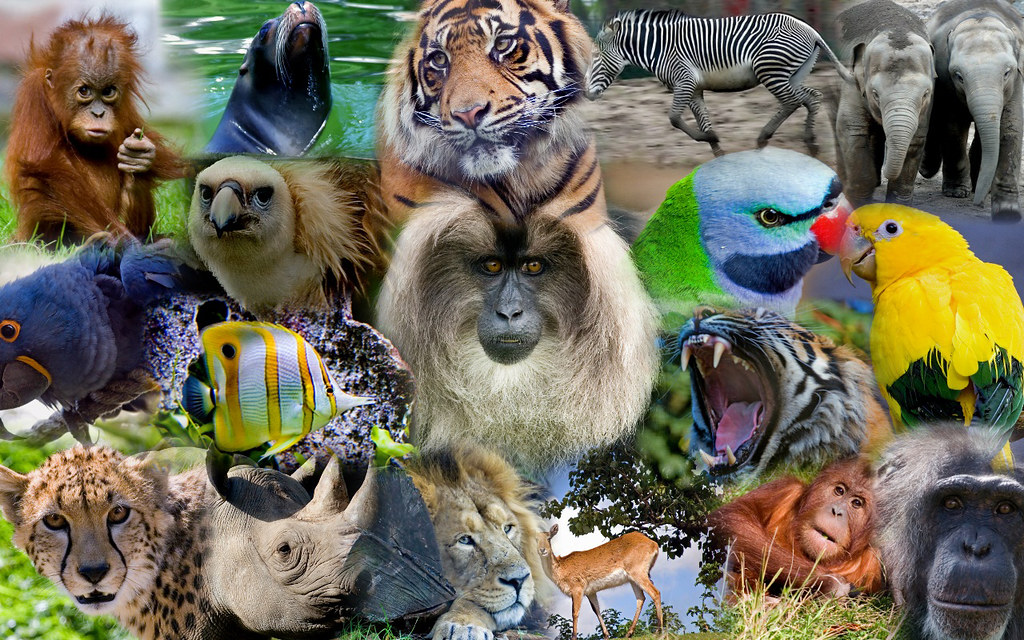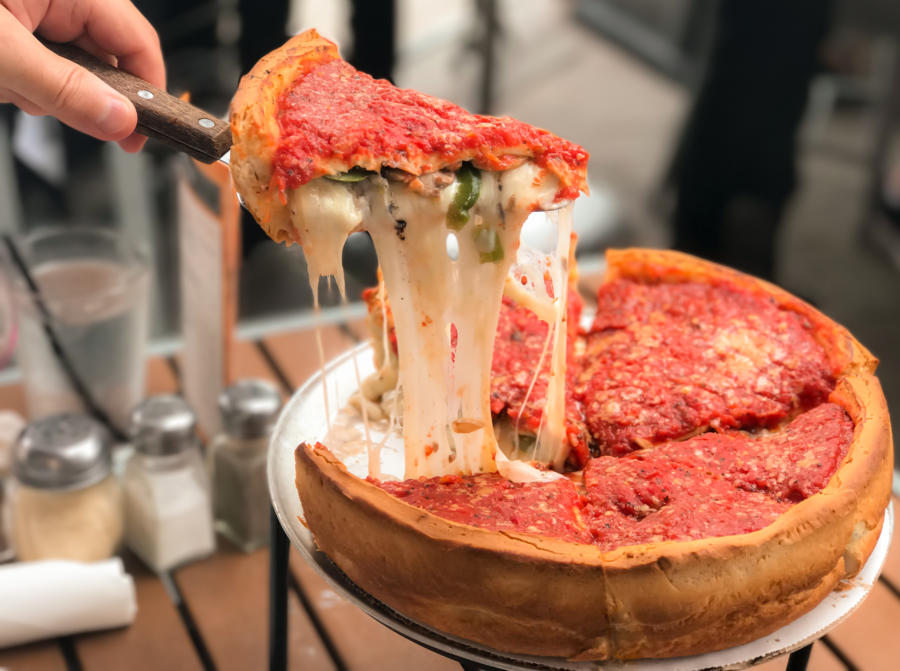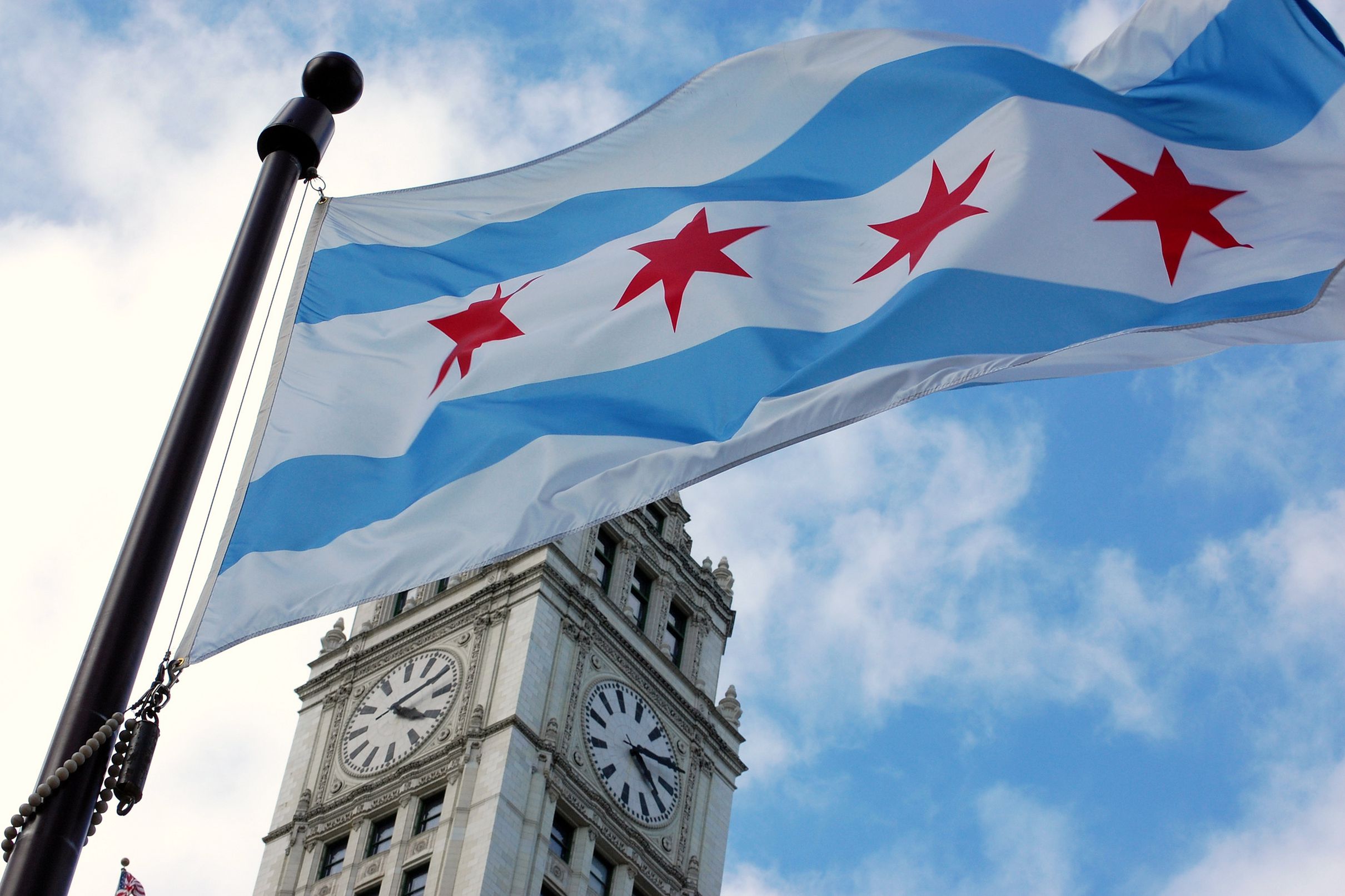Exploring the Prehistoric and Underground: Illinois’ Caves and Mounds
- Details

Illinois is full of natural wonders and prehistoric monuments, some of the most fascinating examples are found in our caves and mounds.
Head down to Cave-In-Rock State Park in southern Illinois, where a massive riverside cave carved into the limestone cliffs has captivated visitors for centuries. Once rumored to be a hideout for river pirates, but don’t let that dissuade you from visiting, this site now offers a scenic and safe peek into the state’s rugged past.
A bit farther north, Illinois Caverns State Natural Area near Waterloo is one of the few public wild caves in the Midwest. With its underground streams, mineral formations and cool year-round temps, it’s a true adventure for nature lovers and geology buffs alike.
Above ground, Illinois is home to some of the most important Native American archaeological sites in the country. At Cahokia Mounds, just outside of St. Louis, you’ll find the remnants of a massive city that once rivaled London in size. It’s a powerful reminder of the Mississippian culture that thrived here long before European settlers arrived.
For a more intimate experience, Dickson Mounds offers insight into Native life along the Illinois River. Its museum and trails overlook the valley, once home to generations of Indigenous communities.
From underground to prehistorical heights, these sites offer an immersive way to connect with Illinois's natural and cultural history.
National Zoo Lovers Day
- Details

National Zoo Lovers Day, celebrated on April 8 in the U.S., brings all the zoo animal enthusiasts together to celebrate this significant day. Zoos are more than just conservation sites for endangered species – they also provide educational, research and entertainment purposes. If you love animals, then this holiday is just for you. Visit a zoo nearby to find out about your favorite animals – you can also ask to volunteer at a zoo.
I Like Illinois celebrates National Deep Dish Day!
- Details

Although historic accounts regarding the origins of deep dish pizza differ, the consensus holds that the birthplace of deep dish pizza was in Illinois. Chicago, now home to iconic chains and local restaurants, is where deep dish was invented at Pizzeria Uno on 29 East Ohio Street.
Since its invention in 1943, deep dish pizza has gone through numerous iterations throughout the years, becoming a staple across the city and beyond with restaurants dedicated to the Chicago-style pizza across the country.
The history and evolution of the Chicago flag
- Details
 110 years ago today, the Chicago Municipal Flag Commission was created to design a flag for the city. The commission introduced a competition to the public as a way to generate ideas, and more than 1,000 applications were received. In the end, it was Wallace Rice, a writer and poet from the city and the competition’s creator, whose design was chosen. The flag was officially adopted by the state in 1917, yet it was not quite the same Chicago flag that flies today.
110 years ago today, the Chicago Municipal Flag Commission was created to design a flag for the city. The commission introduced a competition to the public as a way to generate ideas, and more than 1,000 applications were received. In the end, it was Wallace Rice, a writer and poet from the city and the competition’s creator, whose design was chosen. The flag was officially adopted by the state in 1917, yet it was not quite the same Chicago flag that flies today.



